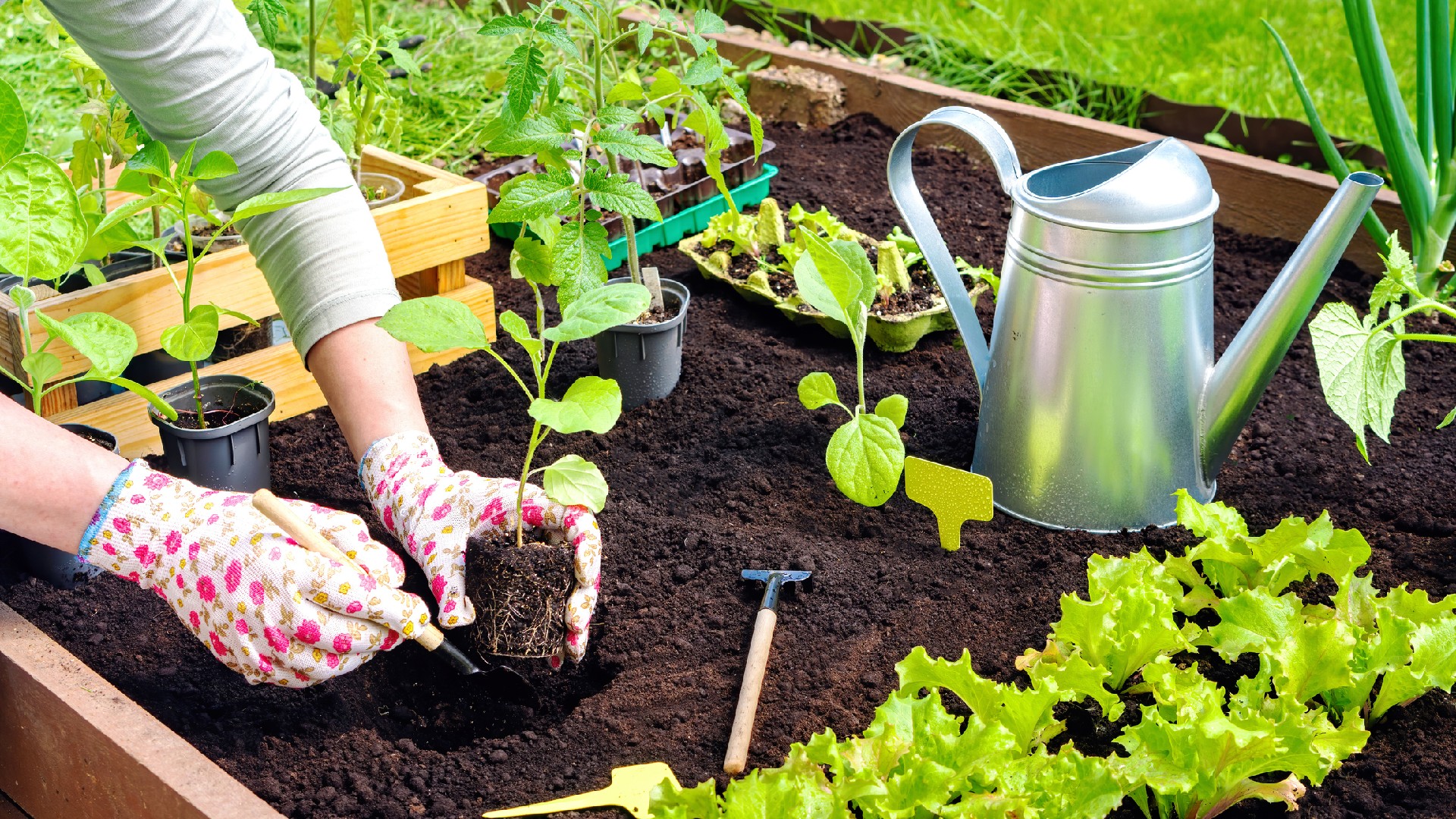![Rectangle]()
Fostering Soil Fertility for Companion Planting
Companion planting is a time-honored practice that involves growing different plants together to enhance the growth and health of each other. While choosing the right combination of plants is crucial, creating and maintaining fertile soil is equally important for successful companion planting. In this section, we will explore some practical methods to foster soil fertility that will benefit your companion planting endeavors.
One of the key factors in promoting soil fertility is the presence of organic matter. Organic matter, such as compost, plays a vital role in revitalizing soil structure and enhancing its fertility. Compost is rich in nutrients and beneficial microorganisms that support healthy plant growth. By regularly incorporating compost into your soil, you can improve its structure, enhance water retention, and provide essential nutrients to your companion plants. Remember to use well-aged compost to avoid any potential weed seeds or diseases.
Another important player in soil fertility is the earthworm. Earthworms are natural engineers of the soil, aiding in natural aeration and nutrient recycling. They create channels as they burrow through the soil, allowing air and water to circulate freely. This helps prevent soil compaction and improves drainage, which is beneficial for the root systems of companion plants. Additionally, earthworms ingest organic matter and break it down, converting it into nutrient-rich castings. These castings serve as a natural fertilizer, enriching the soil and promoting plant growth. To foster earthworm activity, avoid using chemical fertilizers and pesticides that can harm these beneficial creatures. Instead, focus on creating a safe and inviting environment for them by providing organic matter and maintaining proper moisture levels in the soil.
Feeding the soil is just as important as feeding the plants themselves. While companion plants can benefit from each other's proximity, they also compete for nutrients in the soil. To ensure that your companion plants thrive, it is necessary to annually replenish the nutrients in the soil. One effective approach is to incorporate a cover cropping system into your gardening routine. Cover crops, such as legumes or grasses, can be grown between planting seasons or as green manure crops. These crops help fix nitrogen in the soil, suppress weed growth, and improve soil structure when tilled under. By incorporating cover crops and regularly applying organic matter, you can maintain a nutrient-rich soil that supports the health and vitality of your companion plants.
In conclusion, fostering soil fertility is a key aspect of successful companion planting. By incorporating methods such as adding organic matter like compost, fostering earthworm activity, and replenishing nutrients through cover cropping, you can create an ideal environment for your companion plants to thrive. Remember that healthy soil is the foundation for healthy plants, and by taking care of your soil, you are setting the stage for bountiful harvests and a flourishing garden. So, roll up your sleeves, grab your gardening tools, and get ready to unlock the true potential of companion planting through the key role of soil health.





